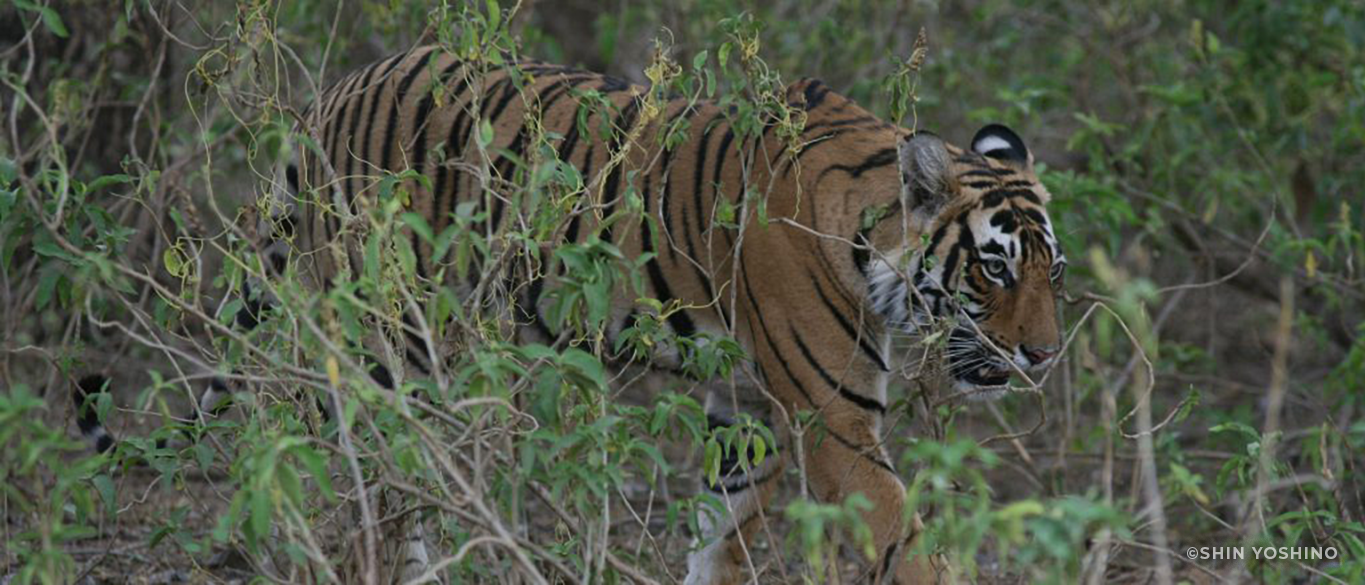Tiger
Wild tigers are only found in Asia. A popular symbol of strength, but with only 3,500 left in the wild, they have now become the symbol of extinction. The tigers rely on rich and contiguous forests where they can move vast distances to find prey. Protecting the tiger means protecting the forests and in turn, we can ensure the natural systems which support all of life, including ourselves.
OUR PROJECTS
1. Central India: Tiger Conservation Project in Tipeshwar Wildlife Sanctuary
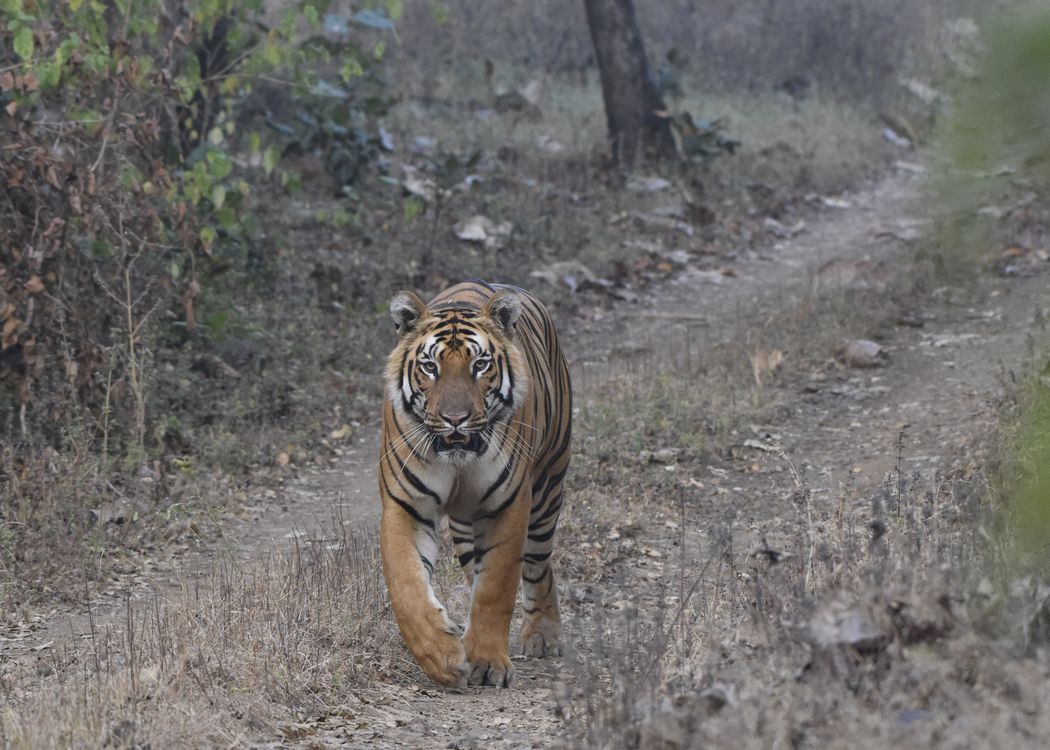
Local Partner: Wildlife Trust of India(WTI)
In the Tipeshwar Wildlife Sanctuary in the Central Indian state of Maharashtra, since 2017, we have been carrying out activities to eliminate illegal trade and poaching and prevent human-wildlife conflict between villagers and tigers. There are 5-10 tigers living around this protected area, but this area had been overlooked for a long time and intensive conservation measures had not been taken until now. We are a small conservation organization, but we believe our strength is to be able to a pioneer to support in small but important places that are often overlooked by the larger conservation groups. Thanks to this project, we can establish a basis for this protected area such as training the rangers, establish a network of community-based conservation activities to make the area adjacent to the Wildlife Sanctuary a place where people and tigers can coexist.
2. Environmental Education Program for Youth to Protect Tigers and Forests
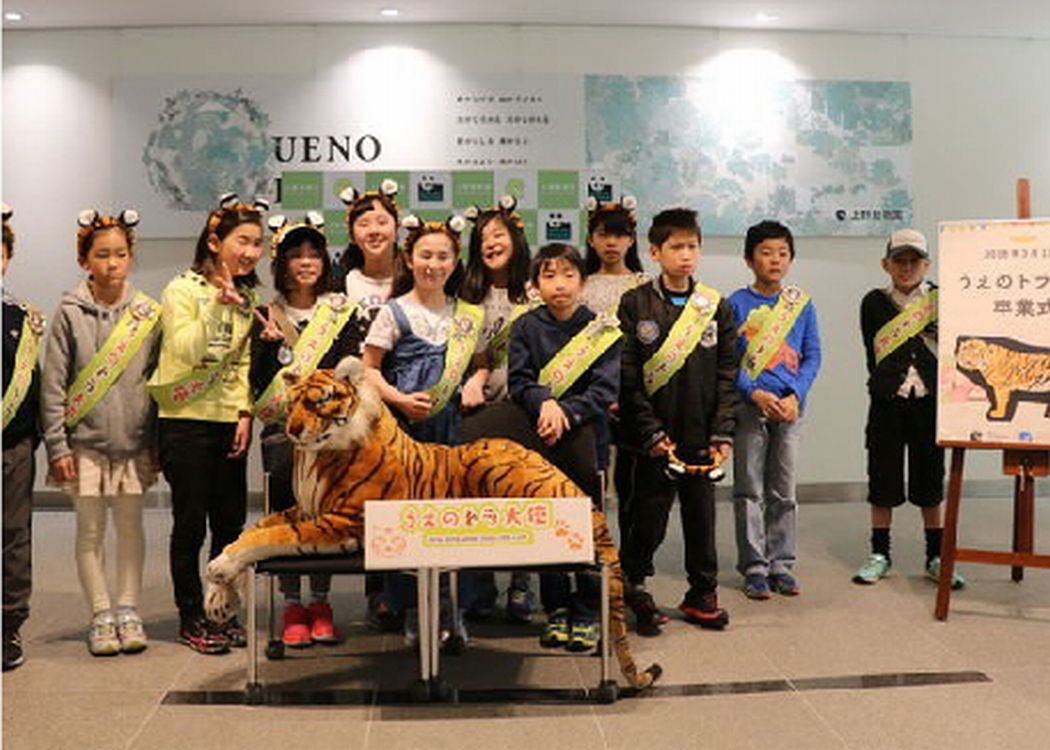
Three organizations worked together to educate children in the “Ueno Tiger Ambassador” program. The program is for the elementary students who live in Taito City (Tokyo) where they learn about wild tigers and their habitats, how saving the tigers is connected to saving their forests and all the animals that depend on it. The program is managed by the Ueno Zoo, JTEF and the Ueno Tourism Federation (2014-2018). After the kids learn in workshops, they go about creating a unique dice game (similar to shoots and ladders) where people who play learn about tigers as they go. The program kids use this to educate their classmates, the zoo visitors so it teaches them how to communicate and builds their confidence to be able to talk to others about their passion for Tigers.
3.Stopping Wildlife Poaching in Malaysia

Local Partner: MYCAT (Malaysian Conservation Alliance for Tigers)
Only a few years ago, it was thought that the population was around 500 Malaysian tigers, but in fact, now only 250 or so individuals can have been confirmed. Some restaurants in Malaysia are still illegally offering Tiger meat on the menu and some night markets might still be selling it as well. Therefore, MYCAT, which JTEF supports, collects illegal trade information from the general public and transmits that information to law enforcementagencies in order to eliminate products of furs, tiger bone medicine, and other tiger parts.
TIGER CONSERVATION NEEDS
1.Preventing Loss of Habitat and Securing Wildlife Corridors
One of the biggest threats to tiger conservation is the habitat destruction caused by human land uses.

The forests once tigers have survived in have been convert natural areas into farmland (rice paddies and oil palm plantations), housing settlements, mining sites (for metal and coal), or other infrastructure projects (roads, railways, pipelines, etc.). The once wide expanses of natural ecosystems are getting divided up into a patchwork of places where Tigers can use or travel through, particularly after World War II.

Tigers are being squeezed into narrow forest patches, which were in turn being surrounded by settlements and grazing livestock. In the forest, increasing firewood harvesting and excessive cutting of small trees for fuel, and a large number of livestock grazing means that prey animals have less to eat. Tigers that attack these livestock anger the villagers who sometimes kill the tigers in revenge with guns or by poisoning the meat. (In the 20th Century, legal mass killings were conducted in Russia and China, as people were rewarded for getting rid of the ‘pests.’)
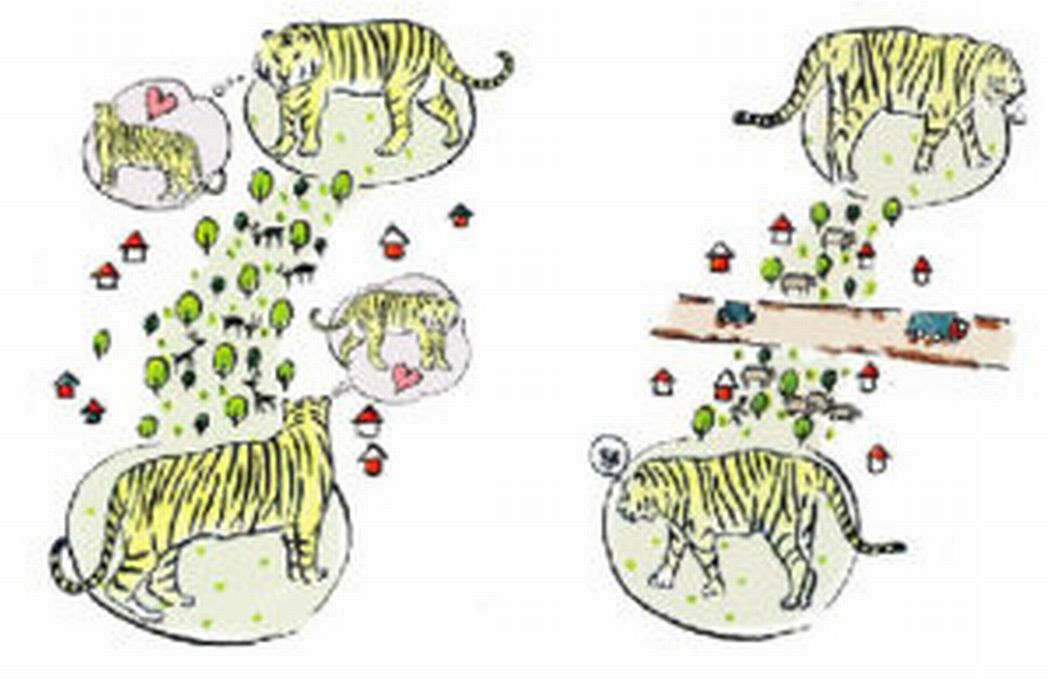
Securing Tiger Habitats Will Save The Tigers
Most urgently, we need to prevent any more loss of forest patches that are suitable tiger habitat. However, it is unlikely that all those forest patches can be designated as protected areas because it is practically difficult to designate such large and contiguous areas.
In order to ensure the long-term survival of tigers, enough number of forest patches should be secured which can enable tigers to breed and allow the movement of dispersed young tigers (most protected areas would enable this). Also, strips of habitats (mostly made up of forests) called biological corridors should be protected because they are connecting those forest patches so that tigers can move between them. The most important tiger corridors are natural forests tigers have used for moving for a long time. While some long and thin-shaped forests and even stepping-stone-shaped ones could work as those important corridors, abundant prey animals and less human disturbance are definitely required. Securing those corridors requires long-term planning and considerable resources for the implementation. However, if these corridors fail, the long term survival of Tigers is bleak.
2.Preventing Poaching of and Illegal Trade in Tigers and Their Prey Animals
Another major threat to tigers is poaching. Historically, during the colonial era, the British Government officials and local Indian leaders famously hunted tigers for sport. A huge number of tigers were killed and after that, poaching became a major problem.
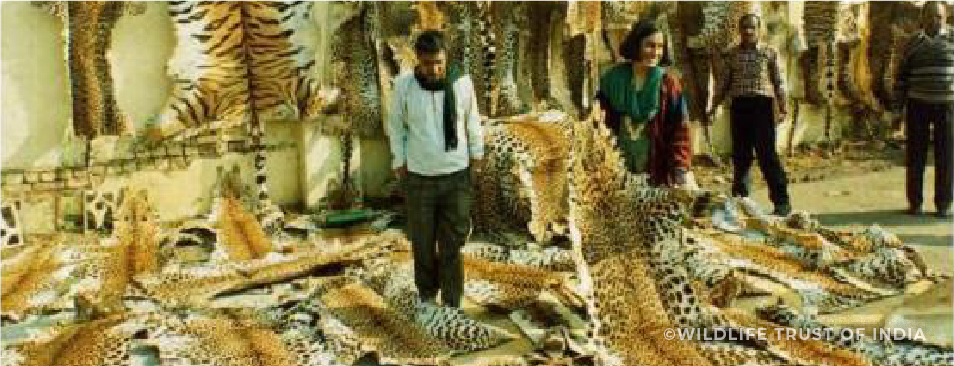
The main purpose of the tiger poaching is to obtain the fur, the bone as a raw material of traditional medicine and other body parts. China and Korea were the main producers of the crude drugs which contained tiger bone, but due to international criticism, the sale of these traditional medicines were banned in both countries. However, there is remains a persistent demand for these products and China is seeking the chance to lift the ban. Illegal trades involving tiger bones are rampant around the world. Japan used to legally sell these tiger bone medicines imported from China and other countries but it has been also banned since April 2000.
Tiger Farms
As wild tigers diminish, tiger farms that breed tigers for commercial purposes have become popular in China, Thailand, Laos and Vietnam. In China, there are estimated to be 5 to 6,000 tigers being kept in large facilities for harvest and use in Chinese medicines. China insists that the sale of tiger bones in breeding facilities should decrease the demand for and help protect the wild tigers. However, such an active market will stimulate over all demand and the people who want “wild natural” tiger bones may be willing to pay more and risk increasing the demand for killing wild tigers.
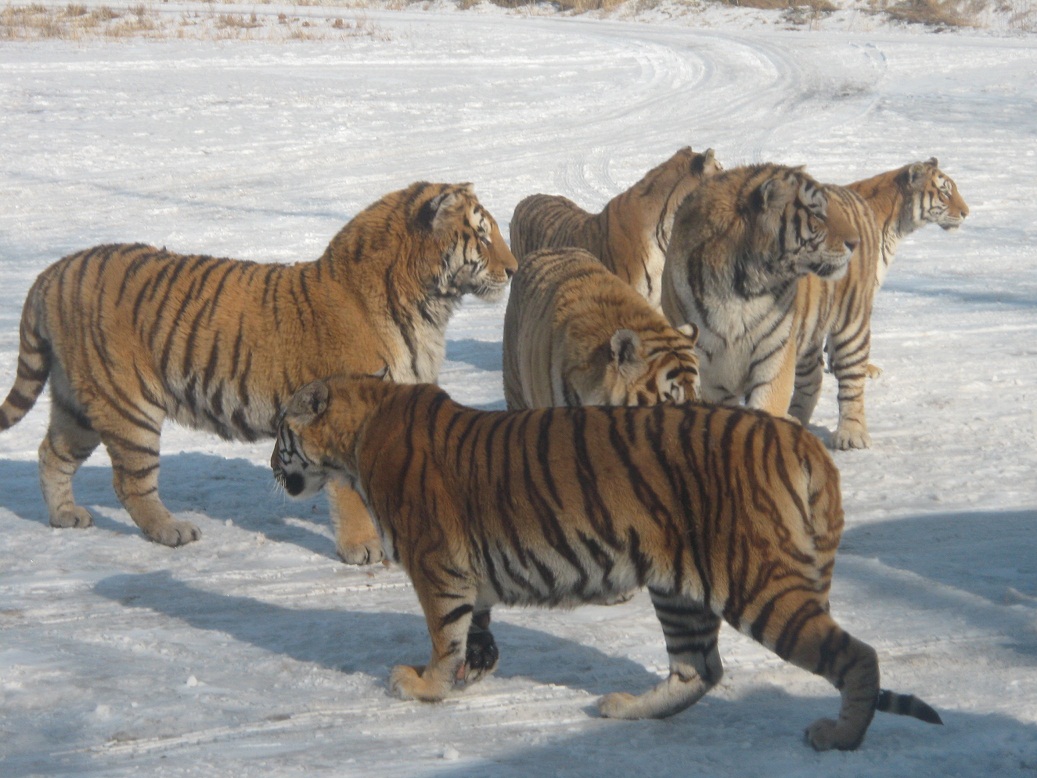
Loss of Tiger’s Prey Due to Poaching and Excess Hunting of Deer and Wild Boars
Another cause of extinction of tigers is the loss of potential prey as the humans excessively hunt and remove deer and wild boar from the forests. At one time, villagers may have depended on this hunting of wildlife for feeding themselves. However, as populations grow, and the meat started being a commercial item the scale of removal of the prey from the wild is causing a shortage of food for tigers to hunt. For this reason, it is important to stop poaching and illegal trade of tigers and other wildlife from the forests.
To address poaching, short-term immediate action is required in order to save the small vulnerable populations where regional extinction might occur rapidly once poachers become active. Once the prey species are impacted, the habitat will no longer support a healthy tiger habitat and the tigers will either move out or die.
In order to avoid this, concrete measures need to be taken quickly to control the poaching and illegal trade at the local area and ensure the implementation is thorough. In addition, all countries need to keep monitoring for and eliminating consumption and demand for tiger parts (like bones and fur).




